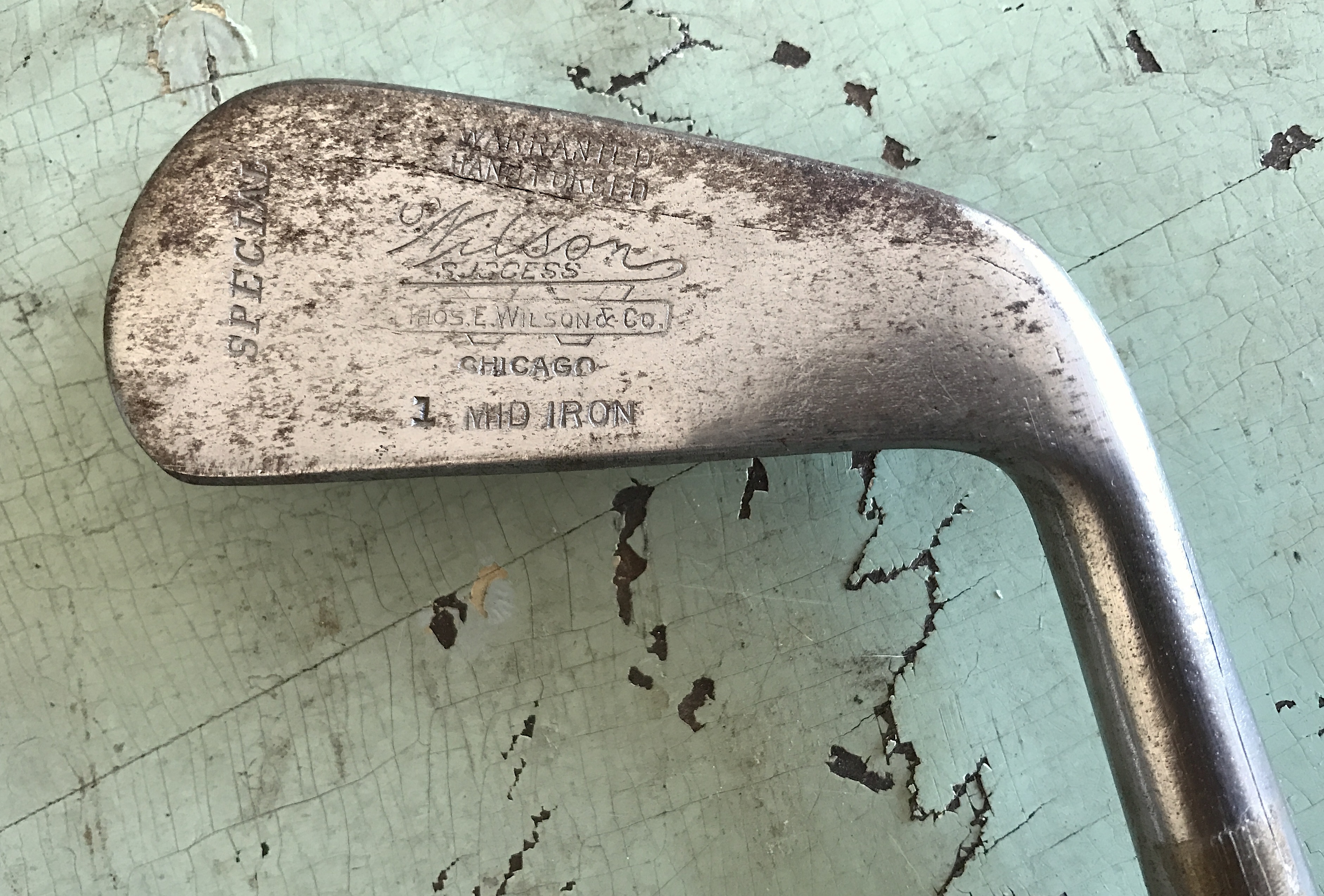

Professional Input: Wilson developed Signature racquets together with Roger Federer and Serena Williams. AT A GLANCEĪnnual Turnover: 930 million dollars (2010) In 2016, Wilson developed the world's first networked basketball game, which can already produce statistics and analyses live during a game. These include, for example, sports bags, tennis strings, grip straps and also clothing and shoes for various sports such as tennis. Not only rackets and balls for hobby and professional players are manufactured, but also high-quality accessories. But the US sports goods manufacturer is also involved in football, squash and volleyball. Wilson is particularly dedicated to tennis, golf, American football, badminton, basketball and baseball. Customers from over 100 countries rely on the expertise of the US company.

Today Wilson is the world's leading manufacturer of ball sports equipment. WILSON STORE: CUSTOMERS FROM OVER 100 COUNTRIES Since 1989, Wilson has belonged to the Finnish Amer Sports group, which also includes other renowned sports brands such as Salomon, Atomic and Arcteryx. The Wilson factory in Humbolt, Tennessee, alone produced 45,000 golf balls a day at its weddings. However, the biggest commercial breakthrough came with Wilson's golf equipment. In the following years, Wilson developed revolutionary baseball gloves and the first leather football with air valve. 1914 the meat processing group Sulzberger founded Wilson originated in the slaughterhouses of Chicago at the beginning of the 20th century. Defendant challenged the decision.WILSONS ORIGIN IN THE SLAUGHTERHOUSES CHICAGOS The magistrate judge entered judgment for plaintiff after a jury found plaintiff's patent valid and that defendant willfully infringed the patent. Plaintiff sued defendant for infringement, alleging that its golf balls infringed on plaintiff's patent. Plaintiff had a patent on its dimple design. and defendant Dunlop Slazenger Corporation manufactured and sold golf balls. The jury is presumed to have resolved underlying evidentiary conflicts in plaintiff's favor. This issue of whether an asserted range of equivalents would cover what is already in the public domain is one of law, which the appellate court reviews de novo. Even if this test is met, however, there can be no infringement if the asserted scope of equivalency of what is literally claimed would encompass the prior art.

Infringement may be found under the doctrine of equivalents if an accused product performs substantially the same overall function or work, in substantially the same way, to obtain substantially the same overall result as the claimed invention.


 0 kommentar(er)
0 kommentar(er)
